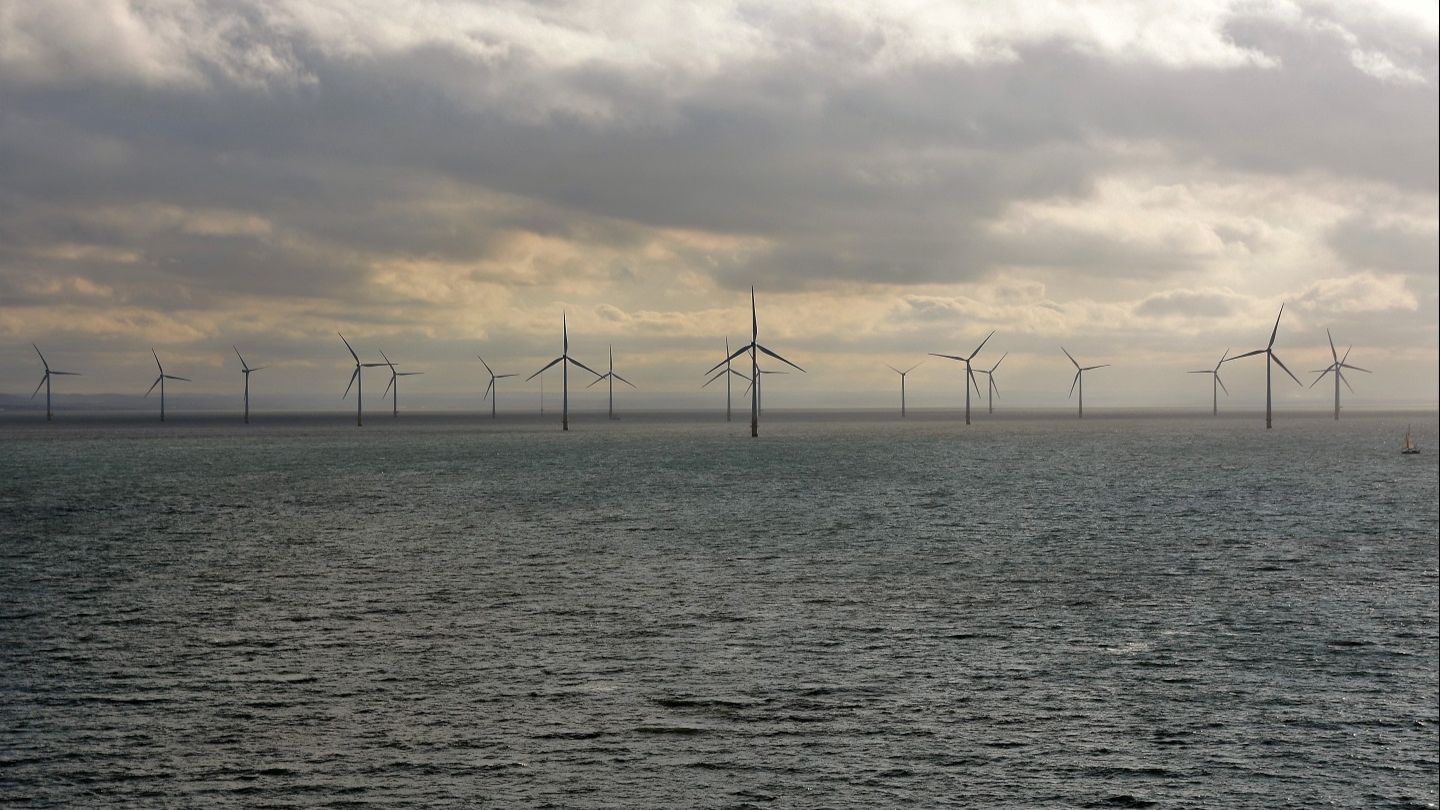
Danish energy company Ørsted has reached a £717m (€833.39m) deal to offload the remaining 25% stake in the London Array offshore wind farm in the UK to Schroders Greencoat.
The deal is scheduled to complete by the end of this month.
The London Array offshore wind farm began commercial operations in 2013. Originally, Ørsted (earlier Dong Energy) owned a 50% stake in the project.
In 2014, it sold a 25% stake in the wind farm to Caisse de dépôt et placement du Québec (CDPQ), a Canadian pension fund, for £644m.
Presently, Ørsted is not responsible for the operations and maintenance of the power plant. The company considers the asset ‘non-strategic’.
Ørsted chief financial officer Daniel Lerup said: “We continue to see significant appetite for offshore wind as an asset class, and with this divestment we continue our unrivalled track record of efficiently recycling capital to help fund our DKr475bn investment programme towards 2030.

US Tariffs are shifting - will you react or anticipate?
Don’t let policy changes catch you off guard. Stay proactive with real-time data and expert analysis.
By GlobalData“Ørsted remains committed to the UK offshore wind market and will continue to make significant investments in the country’s green transformation both onshore- and offshore.”
With a total installed capacity of 630MW, London Array is located 20km off the north Kent coast in the Outer Thames Estuary.
It features 175 Siemens Gamesa 3.6MW turbines and two offshore substations, which step up the power generated from the wind turbines for easy transmission to the shore.
The onshore substation for the project is located in Cleve Hill from where the electricity is added to UK’s national grid.
The wind farm generates enough clean energy to power nearly 500,000 British homes while helping avoid around 900,000 tonnes of CO₂ emissions.



